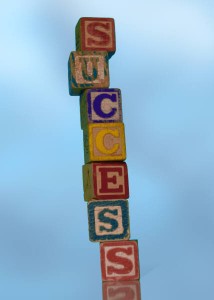 Today we have the 7th of our Hidden Gems – posts that you may have missed the first time that they were published.
Today we have the 7th of our Hidden Gems – posts that you may have missed the first time that they were published.
2 Tools To Manage Youth Group Behavior
When you’re starting a new youth group, or have an influx of new young people to an existing program, it can be hard for the new members to know what expectations you have for their behavior.
To help ensure that everyone’s on the same page, here are a couple of tools you should use:
1. How To Create A Group Agreement – Group agreements are a list of ideas containing what young people believe to be acceptable and unacceptable behavior for while they’re participating in your program.
If there are some behaviors your youth don’t happen to include, you and your volunteers can also include these, but discuss them with the teens to help ensure they understand why they’re being added to the list.
You and the youth then sign the agreement which helps hold them accountable in the future if any of the negative behaviors are displayed during the group.
2. How To Create A Youth Behavior Policy – In addition to a group agreement, put together a youth behavior policy with your young people. This outlines consequences for negative behavior – this is beneficial as it means the youth know what will happen, especially if they break the group agreement.
It gets signed by both students and their parents so that everyone knows in advance what’s expected of them and what the consequences will be.
Don’t miss out on our other Hidden Gems and all the rest of our future posts by:
- Signing up to receive our posts via email
- Following us on Twitter
- Liking us on Facebook
- Signing up to our RSS feed



